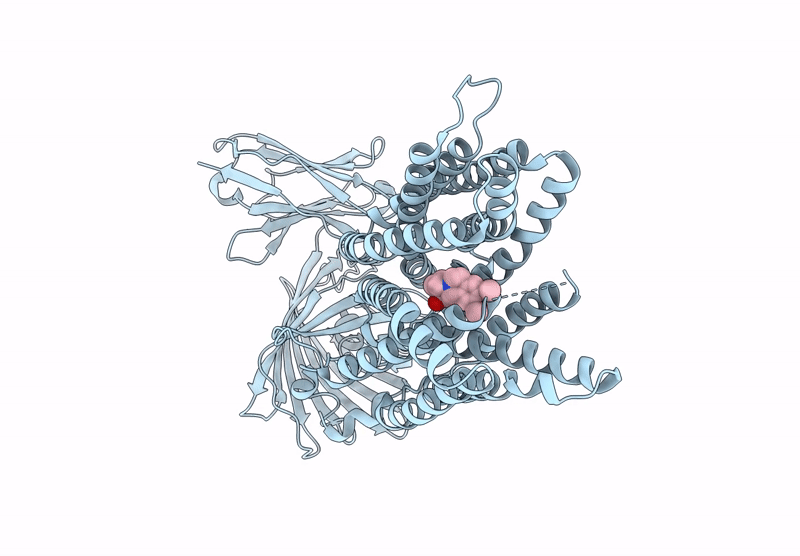
Deposition Date
2024-08-17
Release Date
2025-06-25
Last Version Date
2025-06-25
Method Details:
Experimental Method:
Resolution:
3.30 Å
Aggregation State:
PARTICLE
Reconstruction Method:
SINGLE PARTICLE


